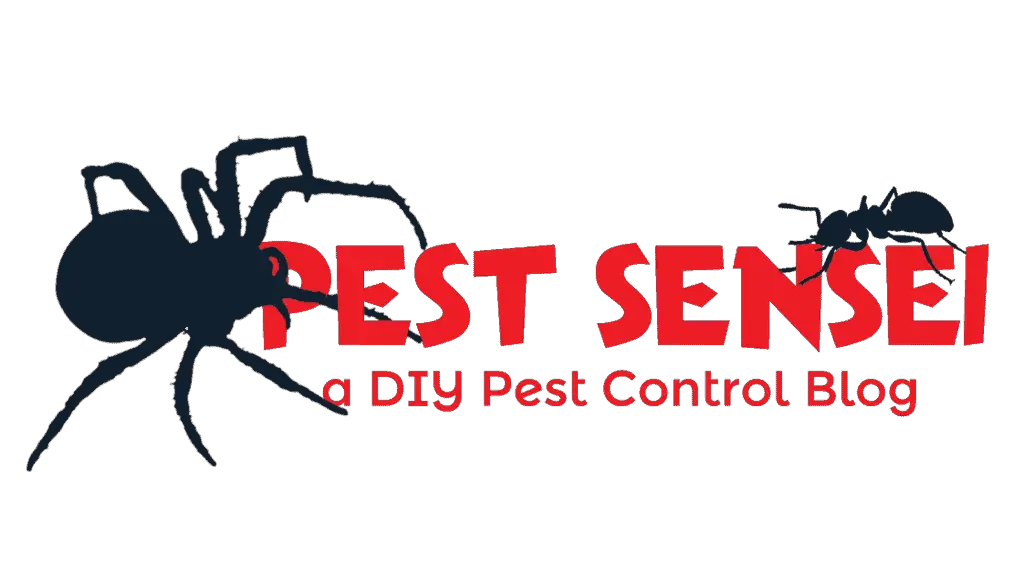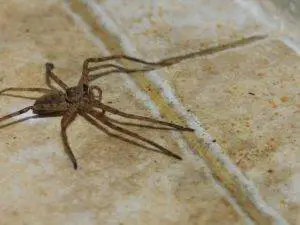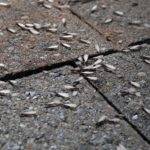Spiders are one of the creepiest pests many people are afraid of, mainly due to the news of venomous spider bites. In this article, I’ll teach you how to get rid of spiders through DIY, with or without using chemicals.
To get rid of spiders, you can remove them either by vacuum or glue traps. Chemicals are often not required. Seal all potential entry points using screens or sealants, and make your house pest-free to avoid infestation. If there are spider webs, remove them to monitor re-infestation.
Continue reading to learn more about spiders and how to get rid of them.
Are Spiders Dangerous?
In general, spiders are relatively harmless if left alone. While certain species are venomous, most are not aggressive. Spiders usually bite only if they are threatened. They tend to run away from humans instead of confronting them. Only a few species can cause serious medical complications.
Bites from spiders have varying degrees of toxicity, depending on species. With the exception of brown recluse spider and widow spiders, most spider bites have mild effects, which will heal by themselves in a few days. Unless you are hyperallergic to spider bites, there is no need to worry.
Spiders that You may Encounter at Home
There are several groups of spiders that you may encounter at home. Some build webs, and some don’t. Most are active at night, while some are active in the daytime.
Here goes the list.
Common House Spiders
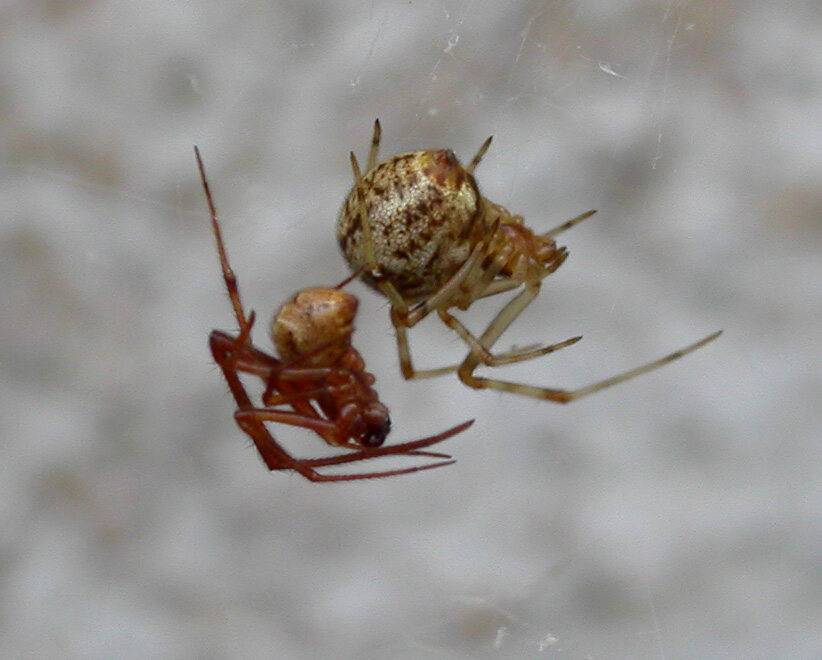
As implied by its name, the common house spiders are the most common spiders found in homes. They are small, and they are a nuisance because they build a lot of webs.
Common house spiders usually find a random spot to build webs. If they catch nothing, they abandon the web, and build new ones at new spots. They do this until they catch something. You often notice the infestation after those abandoned webs collected dust.
Common house spiders build their webs in corners near doors or windows, under or behind furniture, crawl space, garage and basement.
Harvestmen aka Daddy-longlegs
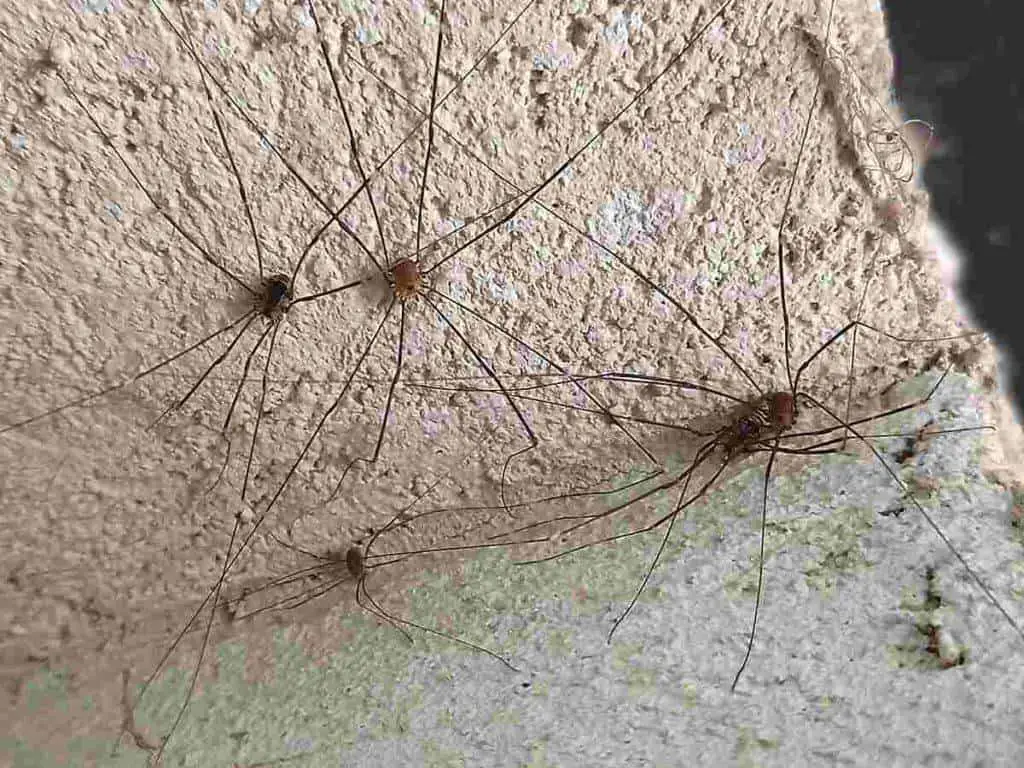
Harvestmen or daddy-longlegs are a group of small spiders with very long and slender legs. They don’t build webs. Instead, they feed on dead or live insects, plant juice, and decaying plant and animal matters.
There is a saying that harvestmen are the most venomous spiders, but they are not dangerous because their fangs are too short to penetrate human skins. That is not true. Harvestmen are not venomous. While they have short fangs, it is irrelevant because other spider species with short fangs can bite humans.
Harvestmen usually hide between stones, crevices, basement, roof, and any undisturbed areas. They usually come out in the evening and night.
Jumping Spiders
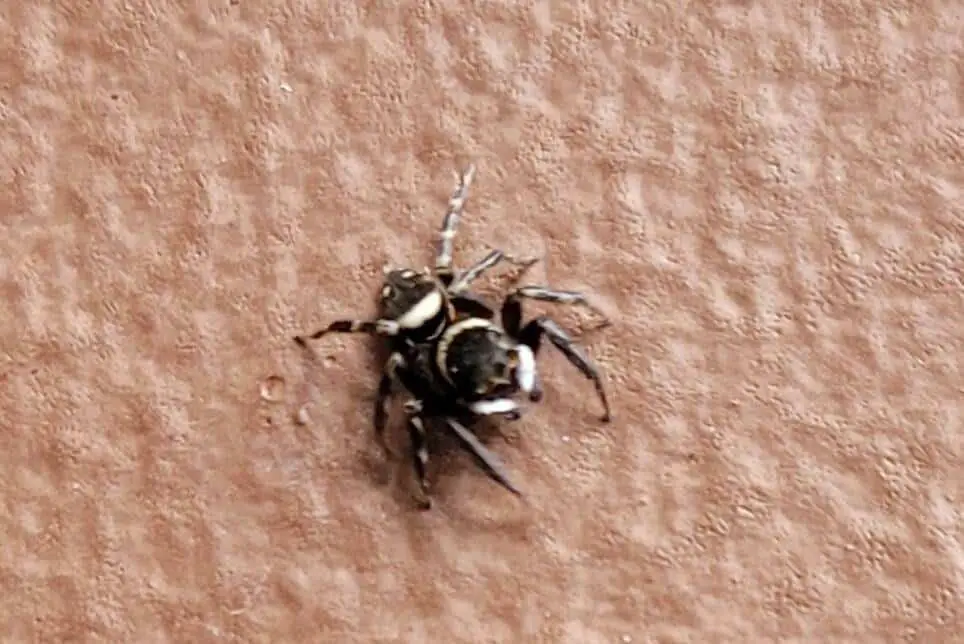
Jumping spiders are another group of spiders you will likely encounter, partly because they are active in the day instead of night. As implied by the name, they are good at jumping.
Jumping spiders don’t build webs. Instead, they wander around to look for prey insects.
Jumping spiders are commonly found around windows and doors, probably because it’s easier to encounter prey there.
All jumping spiders are tiny. They are not aggressive, and rarely bite. They are mildly venomous, and their bite doesn’t cause serious complications.
Cellar Spiders
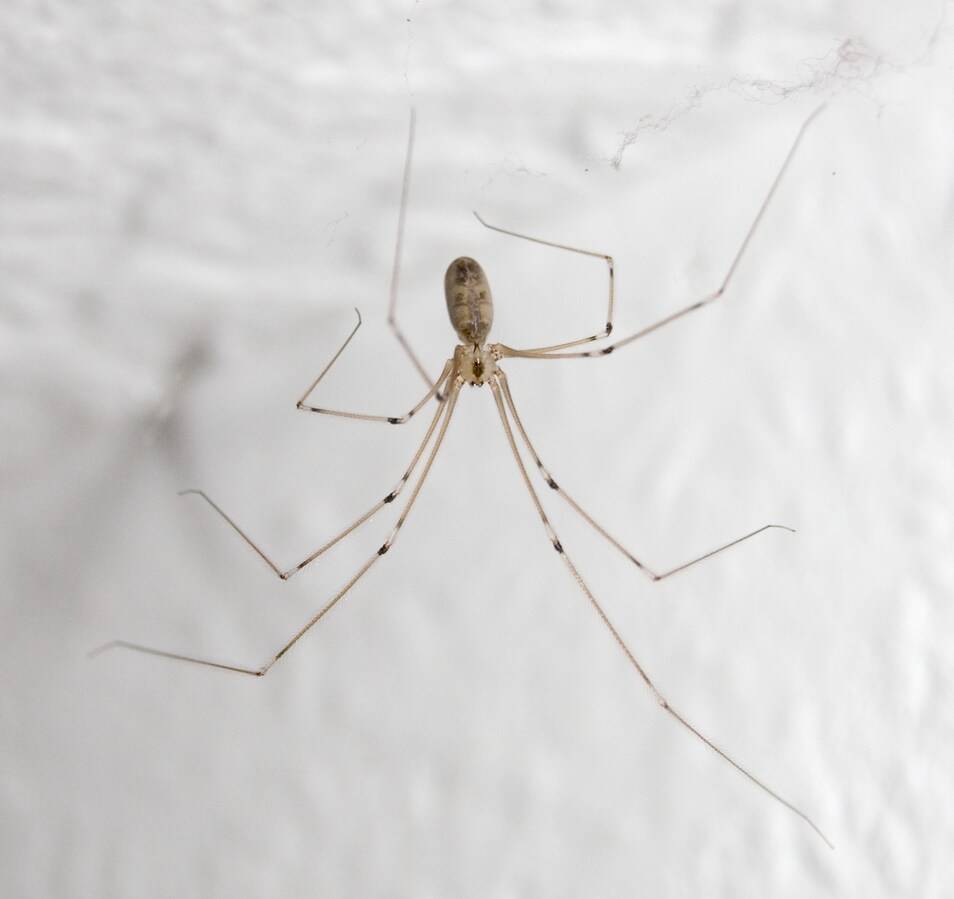
Cellar spiders are usually found in dark and damp places, such as the basement, cellar, bathroom and sink cabinet.
Cellar spiders are not known to bite humans. They will run if you approach them. Even if they do bite, the venom is too mild to cause serious issues, unless you are hyperallergic to spider bites.
Cellar spiders are some of the most irritating spiders, because they build a lot of webs. They usually build webs in corners or rooms, and unlike other spiders, they don’t clean up their webs. Instead, they build new webs to replace the old ones.
Brown Recluse Spiders
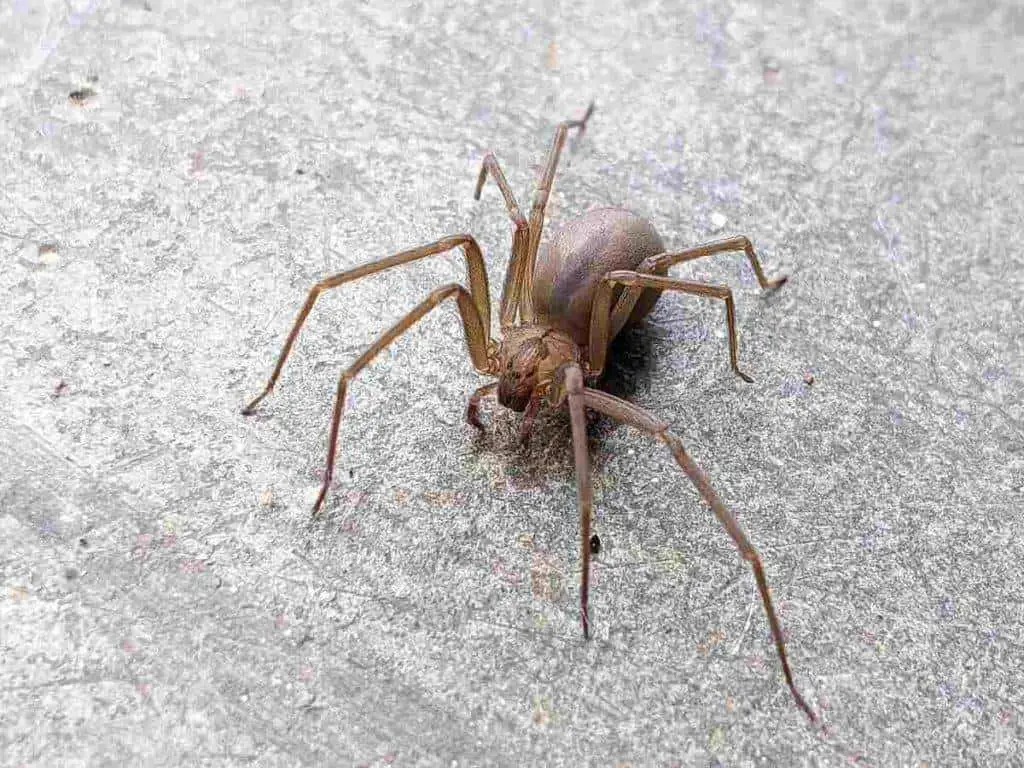
Brown recluse spiders are a group of small venomous spiders with a unique characteristic: an inverted violin marking on its cephalothorax. They are brownish in color.
Brown recluse spiders are hunters of small insects. While they don’t typically attack humans, they are feared because of their venomous bites that cause necrotic lesions, which take a long time to heal. In the US, brown recluse spiders are mainly reported in the southeastern region.
Brown recluse spiders typically hide in undisturbed areas, such as between rocks, firewood piles, cedar shake roof, crawl space, roof, basement, store room and garage.
What to do if you are bitten by Brown Recluse Spiders?
Brown recluse spiders are notorious for causing necrotic lesions with their bites. Essentially, its venom kills the affected tissues. The wound swells and expands to a large area. It ulcerates within a week, and appears black at the center. There will be other symptoms, such as fever, nausea, anemia, etc.
If you are bitten by a brown recluse spider, seek medical attention immediately. Collect the culprit (even if it is dead) so that the doctor can verify what has bitten you.
Unfortunately, there is no medication to treat recluse spider bite. You can only let it heal by itself, which will take months!
Fortunately, brown recluse spiders rarely bite. They tend to escape from humans unless they are cornered. People usually get bitten when wearing shoes or clothes that have brown recluse hiding inside.
How to Avoid Recluse Spider Bite?
If you are staying in the region with recluse spiders, you can avoid getting bitten by staying vigilant.
When handling stuff in a store room, or wearing clothes and shoes that you have not been wearing for a long time, check for the presence of recluse spiders. Most recluse spider bites happen when the victims use stuff that they have left unattended for a long time.
If possible, keep unused clothes and shoes in tight containers to avoid surprise when you use them in the future.
Widow Spiders
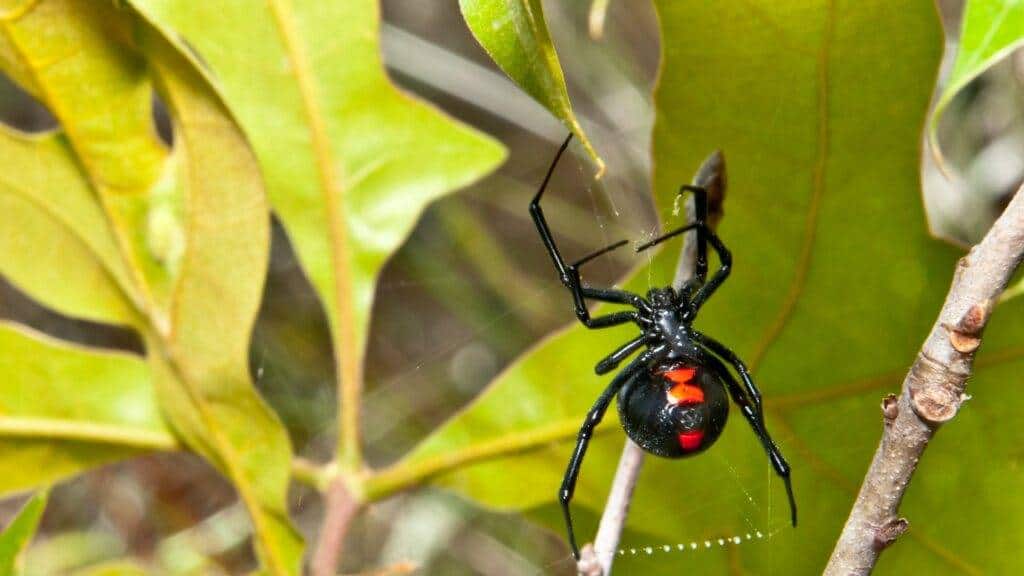
Widow spiders are known for delivering extremely venomous, but rarely life-threatening bites. Only the female widow spiders are venomous.
Among various widow spiders, black widows are perhaps the most famous. Certain black widow species have a red hourglass marking at the underside of their opisthosoma (aka abdomen), while others may have different markings. Learn more about black widow spiders here.
Widow spiders are usually found in undisturbed areas, such as between stones, in firewoods, underneath patio decks, inside meter boxes, etc. They can move into the garage, basement and crawl space.
Widow spiders build webs at undisturbed areas to trap their prey. The diameter of the web can be as big as 1 ft (30 cm). They may bite humans if disturbed.
What to do if you are bitten by a Widow Spider?
If you get bitten by a widow spider, wash your wound under running tap water. Seek medical attention ASAP if it is a female widow spider. The female has a round body, while the male has a slender body. If possible, bring the spider (dead or alive) to the doctor for identification.
Symptoms that you might encounter include muscle ache, nausea, abdominal pain, tremor, breathing difficulty, etc. The doctor may inject antivenin for treatment, if required.
Orb Weavers
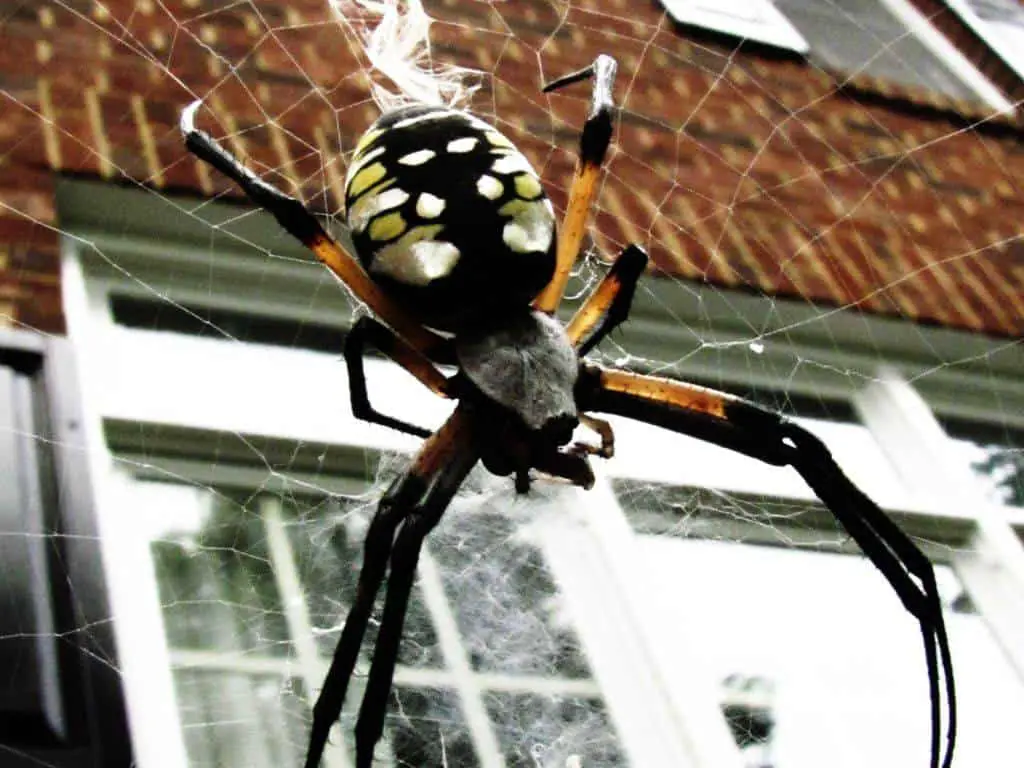
Orb weavers are typically found outdoors. You can see them in your yard, waiting on their large, circular web for prey.
While orb weavers are venomous, they don’t cause serious harm to humans and pets.
Hobo Spiders
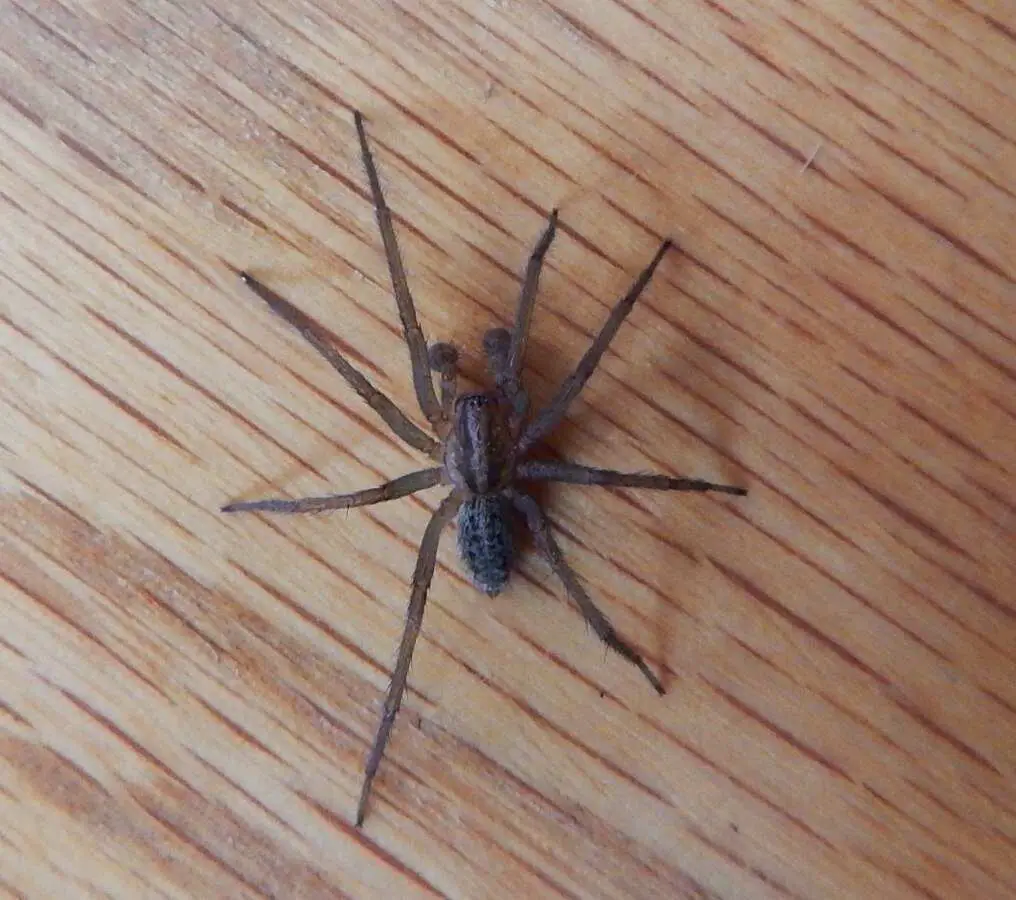
In the US, hobo spiders are mainly found in the northwestern region. They prefer dark and moist areas. Because they are poor climbers, you can usually find them in the basement and crawl space.
Hobo spiders build funnel webs for hunting. Because of that, they usually hide in cracks, gaps and holes that allow them to build their webs. The prey insects get caught when making their way into the cracks and gaps.
Hobo spider bites were attributed for causing necrotic wounds and a few death cases, although there is no direct evidence. It was speculated that this was due to misidentification. Currently, the CDC doesn’t include hobo spiders in its venomous spider list.
Seek medical attention if you think you are bitten by a hobo spider.
Wolf Spiders
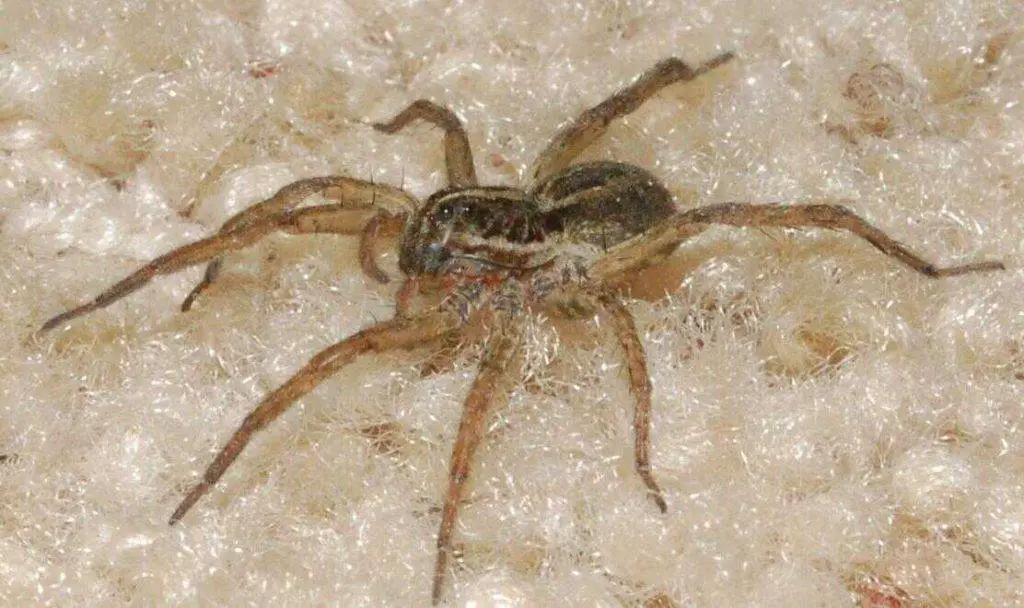
Wolf spiders are night hunters. They are big, and run very fast. They don’t build webs to trap their prey. Instead, they chase after them with great speed.
Wolf spiders typically nest outdoors by building a retreat under stones, or build burrows. They may enter your house when hunting, and stay in an undisturbed area. They are active at night.
Wolf spiders may inflict venomous bites if threatened. However, the venom is often mild, and does not cause serious issues. The pain and swelling caused by the bite usually heals by itself within a few days.
Tarantulas

Tarantulas are huge spiders. Some species can reach up to 10” in leg span.
Tarantulas usually hunt at night. Bigger species can consume mice and frogs, while smaller species eat insects, snails and slugs. They do not build webs for hunting. Some people keep tarantulas as pets.
Tarantulas can be arboreal or terrestrial. Arboreal tarantulas nest in trees, while terrestrial tarantulas either build retreats under stones, or build burrows in the ground.
Tarantulas are rarely found indoors. They may invade your house by accident, but they will prefer outdoors due to their habits.
All tarantulas are venomous. New World tarantulas have very mild venom, and typically do not cause serious medical implications. Most of them are docile, but some species can be aggressive, and do not hesitate to bite if disturbed.
New World tarantulas have sharp urticating hairs on their opisthosoma. They can kick a volley of urticating hairs to attack their enemy.
Those urticating hairs can cause serious irritation on skins, and can be extremely dangerous if they get into your eyes. Don’t get too close!
Proven DIY Methods to Get Rid of Spiders
While spiders can be considered beneficial creatures because they kill pesky bugs, no one wants them at home. It is only natural to get rid of spiders with all means.
Here are the 7 proven DIY methods that can eliminate spiders for good. Using a combination of multiple methods will yield a better result than using a single method alone.
Vacuuming
Small spiders that do not build webs, such as jumping spiders and harvestmen, can be easily removed using vacuum. After trapping the spiders in your vacuum cleaner, you can either release them outdoors, or kill them with pesticides.
To kill the trapped spiders, simply vacuum diatomaceous earth into the vacuum cleaner. Diatomaceous earth is a non-toxic, naturally occurring material that slowly damages the exoskeleton of the spider upon contact, and kills the spider by causing excessive water loss. Note that diatomaceous earth works only when it is dry.
Place Sticky Traps
If you have issues with spiders that don’t build webs, such as jumping spiders, you can trap them using sticky traps. Place these traps in areas where you have observed spider activity, particularly in dark corners like behind or under furniture, sinks, storage rooms, and attics.
Sticky traps serve as passive control measures and should be used alongside other methods outlined in this guide.
Remove Spider Webs
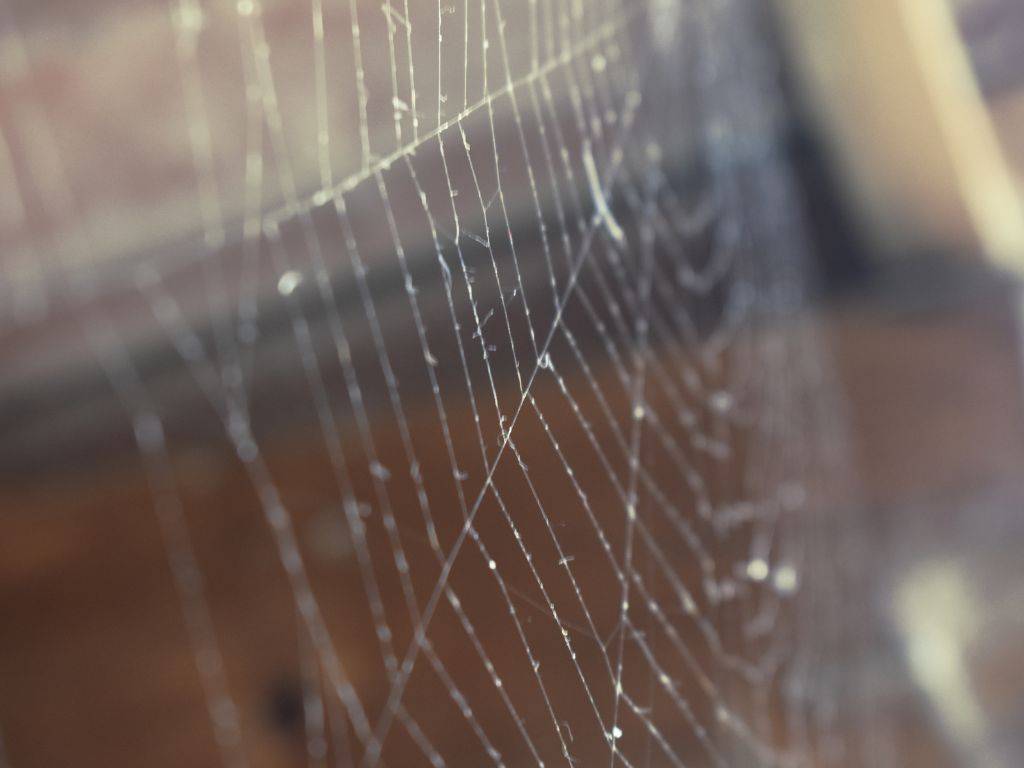
Eliminate any spider webs you come across using a broom. If the spider is still present, you can physically remove it or spray with an appropriate pesticide. Be sure to destroy any egg sacs you find on the web, as they can result in a significant spiderling population in the future.
Removing spider webs allows you to ascertain whether the infestation has been resolved, since spiders will rebuild their webs. It also allows you to easily spot a new infestation in the future.
Catch the Spider
For larger spiders like tarantulas and wolf spiders, trapping and releasing them outdoors is the recommended approach. Use a suitable-sized deli cup to contain the spider and gently slide a piece of cardboard underneath for safe relocation. Exercise caution not to provoke the spider during capture, and wear gloves and goggles, especially when dealing with tarantulas that may release irritating hairs from their abdomen.
Address Pest Issues at Home
Addressing pest issues in your home helps reduce the presence of both geckos and spiders, as they prey on insects.
Web-building spiders primarily target flying insects such as flies and flying ants, while non-web-building spiders hunt crawling insects such as cockroaches and booklice.
By addressing underlying pest problems, spiders will struggle to find a food supply, potentially leading them to leave your home or cease reproduction. This proactive measure also helps prevent future spider infestations. Further tips on DIY solutions for specific pests can be found on my blog.
Properly Spider-Proof Your Home.
Both spiders and their prey enter our home through gaps, windows and doors. You can use foam sealant, such as Pestblock, to seal off the gaps. Install door screens and window screens if you need natural ventilation, and get a door sweep for all doors leading to the external. This should reduce the chances of spiders and their prey from invading.
Pests love clutter, cracks and crevices because those are excellent places to hide. By clearing out unused stuff and sealing cracks and crevices using putty, you drive them out from shelters.
Trimming grasses and vegetation touching your house can also reduce the chance of spider invasion.
In a nutshell, spider-proofing your home makes your home unattractive to spiders, therefore preventing future infestation.
Chemical Treatments using Green Products
While chemical treatments are often unnecessary for spider control, if you encounter venomous spiders like brown recluses or black widows, using pesticides may be warranted.
I recommend Nature-Cide, which contains clove oil and cottonseed oil derived from natural sources. It kills spiders upon contact, leaving minimal residue after drying. Note that this product is effective only when wet and should not be sprayed onto surfaces with the expectation of repelling spiders.
